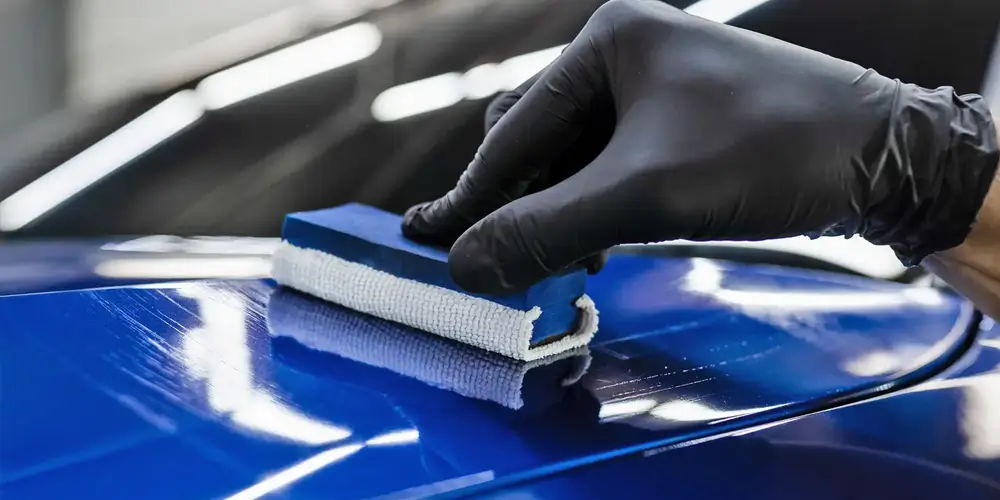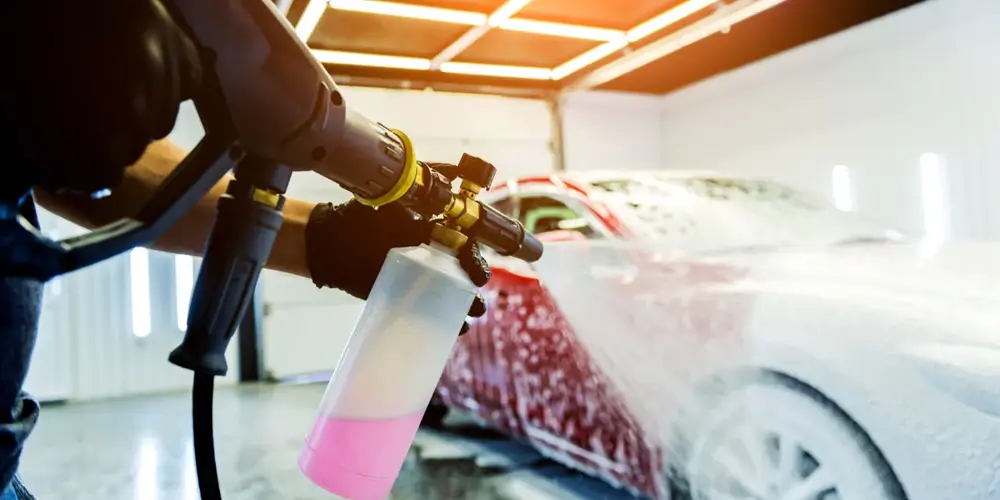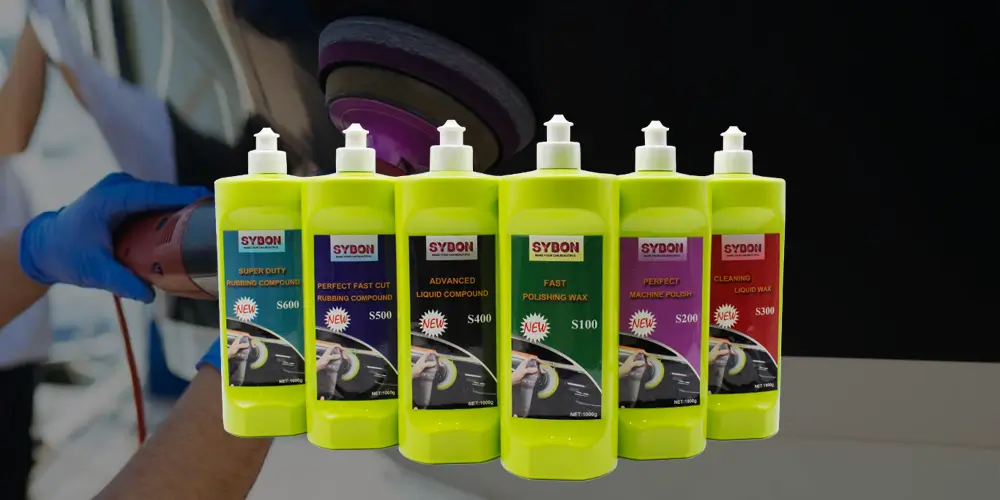Boat Polishing Compound
In the world of boating, few things are as satisfying as seeing your vessel glistening under the sun, its hull reflecting the pristine blue waters it navigates. Achieving this level of shine requires more than just elbow grease; it demands the right tools and techniques. Enter boat polishing compound – the unsung hero of marine maintenance. In this comprehensive guide, we'll delve into the nuances of boat polishing compounds, exploring their types, applications, and best practices to ensure your boat shines brighter than ever before.
Understanding Boat Polishing Compounds
Boat polishing compounds are specialized abrasives designed to remove imperfections, restore luster, and protect the surface of marine vessels. They come in various forms, including pastes, creams, and liquids, each tailored to specific applications and surface conditions. These compounds typically contain abrasive particles suspended in a carrier solution, along with additives for lubrication and protection.
Types of Boat Polishing Compounds
Oxide-based Compounds: These compounds utilize abrasive particles such as aluminum oxide or cerium oxide to effectively remove surface oxidation, stains, and scratches. They are ideal for restoring shine to heavily weathered or neglected boat surfaces.
Polymer-based Compounds: Polymer-based compounds are formulated with synthetic abrasive particles that are gentler on surfaces compared to oxide-based alternatives. They are well-suited for regular maintenance and light to moderate surface imperfections.
Nano Abrasive Compounds: Nano abrasive compounds harness the power of nanotechnology, featuring ultra-fine abrasive particles that deliver superior polishing performance with minimal surface removal. They are ideal for achieving a mirror-like finish on delicate gel coat surfaces.
Choosing the Right Boat Polishing Compound
Selecting the appropriate boat polishing compound depends on several factors, including the type of surface, the severity of imperfections, and personal preference. Conducting a surface assessment is crucial to identify the specific needs of your boat's finish. For heavily oxidized surfaces or deep scratches, opt for a more aggressive oxide-based compound. For routine maintenance and minor imperfections, polymer-based or nano abrasive compounds offer excellent results without risking excessive material removal.
Application Techniques
Achieving professional-grade results with boat polishing compounds requires proper application techniques. Follow these steps for optimal outcomes:
Surface Preparation: Thoroughly clean the surface to remove dirt, grime, and salt deposits. Use a mild detergent and water solution, followed by rinsing and drying the surface completely.
Test Spot: Before applying the polishing compound to the entire surface, perform a test spot in an inconspicuous area to assess compatibility and determine the appropriate aggressiveness of the compound.
Application: Apply a small amount of polishing compound onto a clean, dry polishing pad or applicator. Work in small sections, using overlapping motions and applying moderate pressure. Avoid excessive heat buildup by periodically checking the surface temperature.
Buffing: Once the compound has been evenly applied, buff the surface using a rotary buffer or polisher equipped with a clean, soft buffing pad. Use low to medium speed settings to prevent swirl marks or surface burns.
Finishing Touches: After buffing, wipe off any remaining residue with a clean microfiber cloth. Inspect the surface for uniformity and shine, making any necessary touch-ups as needed.
Protection: For long-lasting results, apply a quality marine wax or sealant to protect the polished surface from environmental contaminants and UV damage.
Safety Considerations
When working with boat polishing compounds, safety should always be a top priority. Wear appropriate personal protective equipment, including safety goggles, gloves, and a respirator, especially when dealing with airborne particles. Work in a well-ventilated area to minimize exposure to fumes and dust. Additionally, follow the manufacturer's instructions and recommendations for safe handling and disposal of polishing compounds.
Conclusion
Boat polishing compounds play a crucial role in maintaining the aesthetic appeal and structural integrity of marine vessels. By understanding the different types of compounds, selecting the right one for your needs, and employing proper application techniques, you can achieve a flawless finish that enhances the beauty and longevity of your boat. Remember, regular maintenance is key to preserving your vessel's shine and protecting it against the harsh marine environment. With the knowledge gained from this guide, you're well-equipped to embark on your journey to a gleaming, head-turning boat finish. Happy boating!
Source of this article:https://www.sybonbest.com
Get to know us through more channels:




